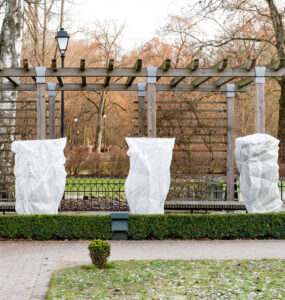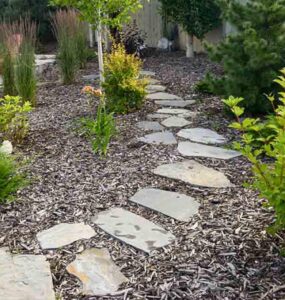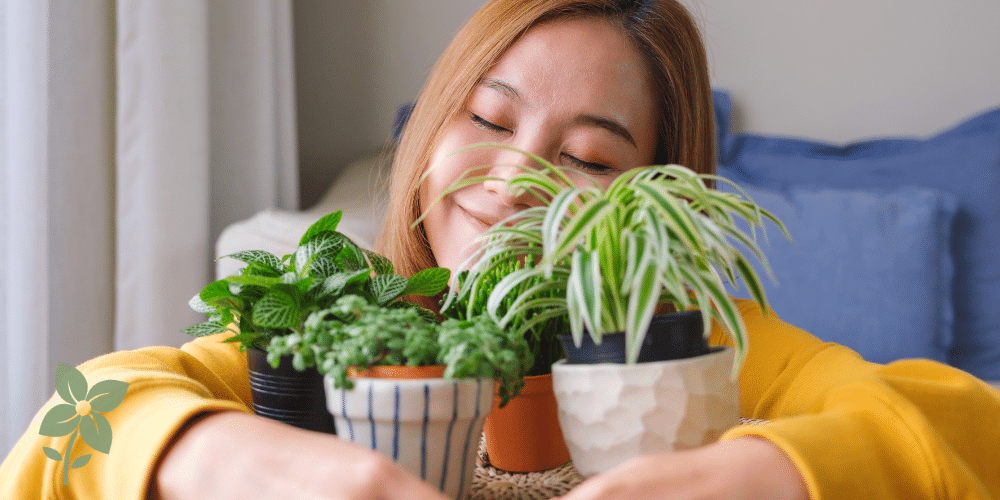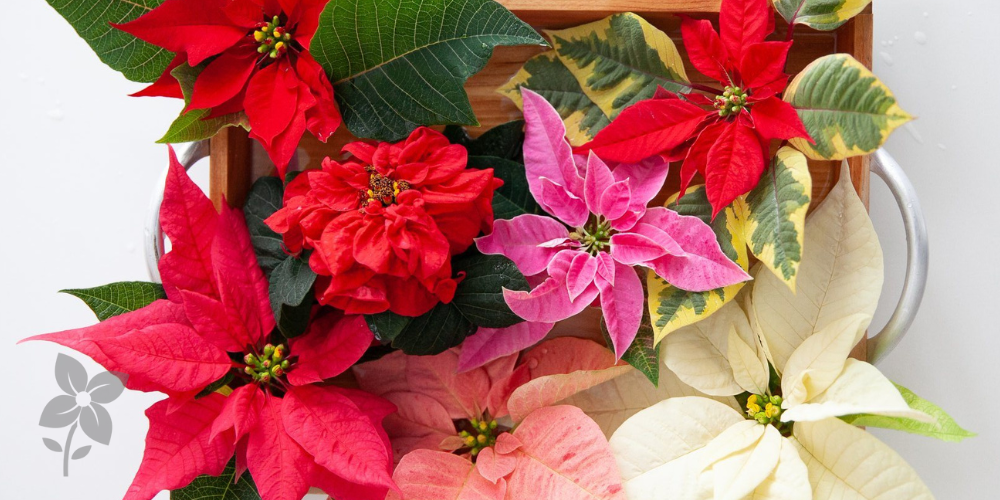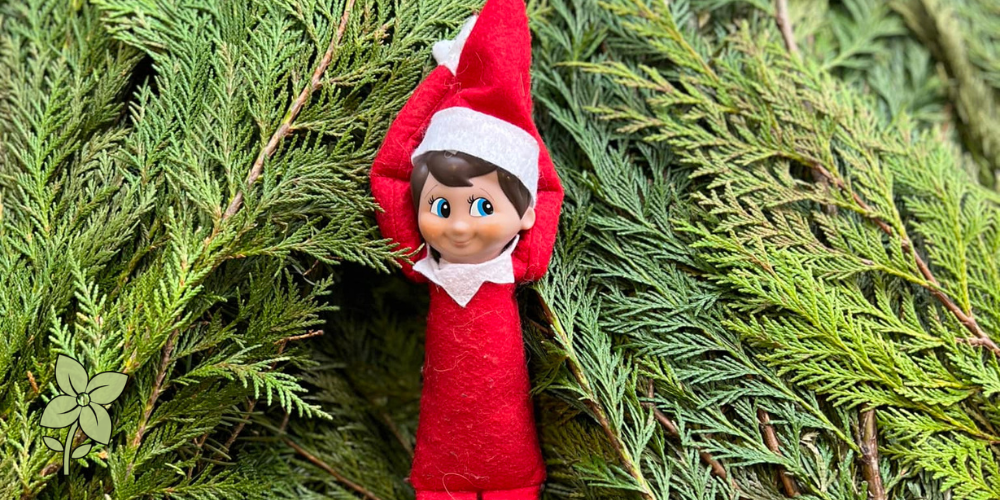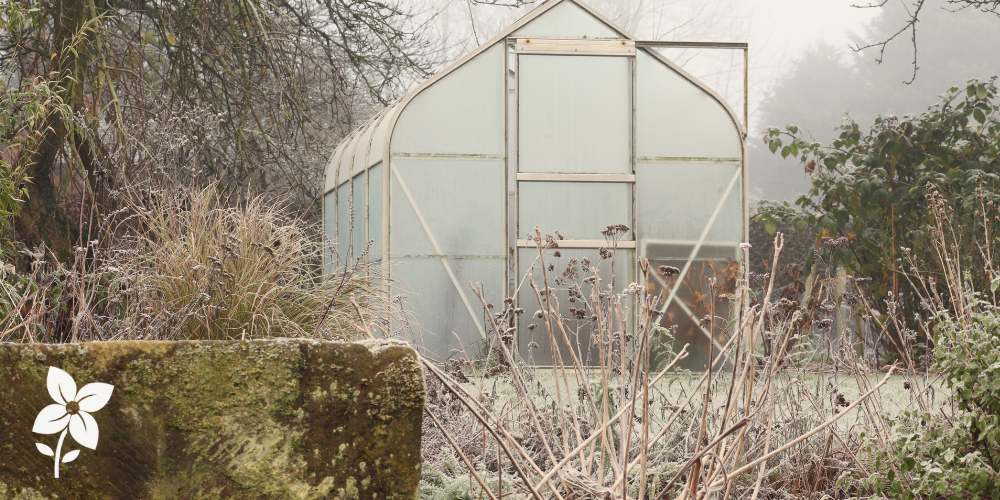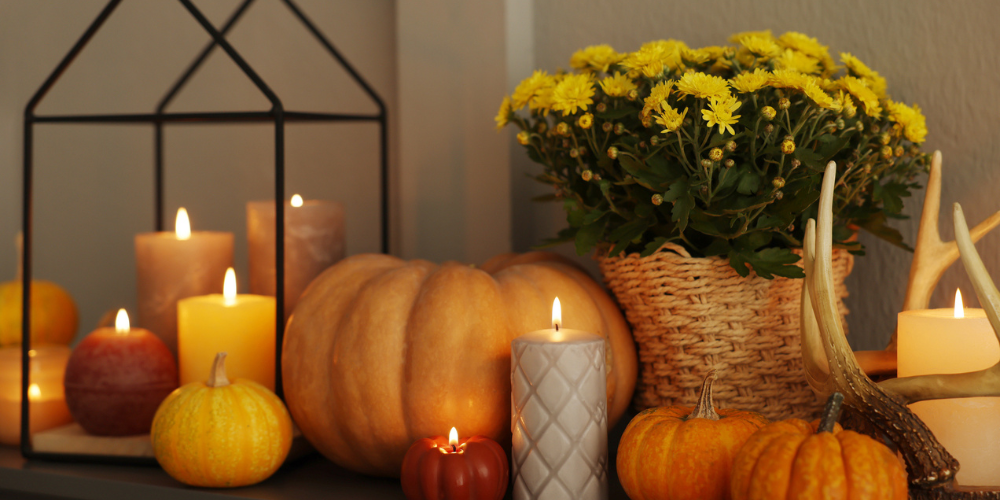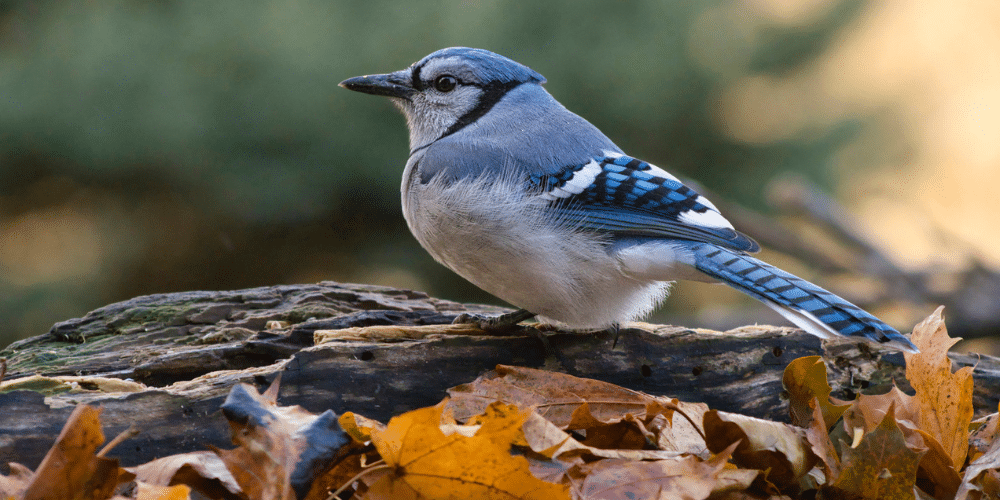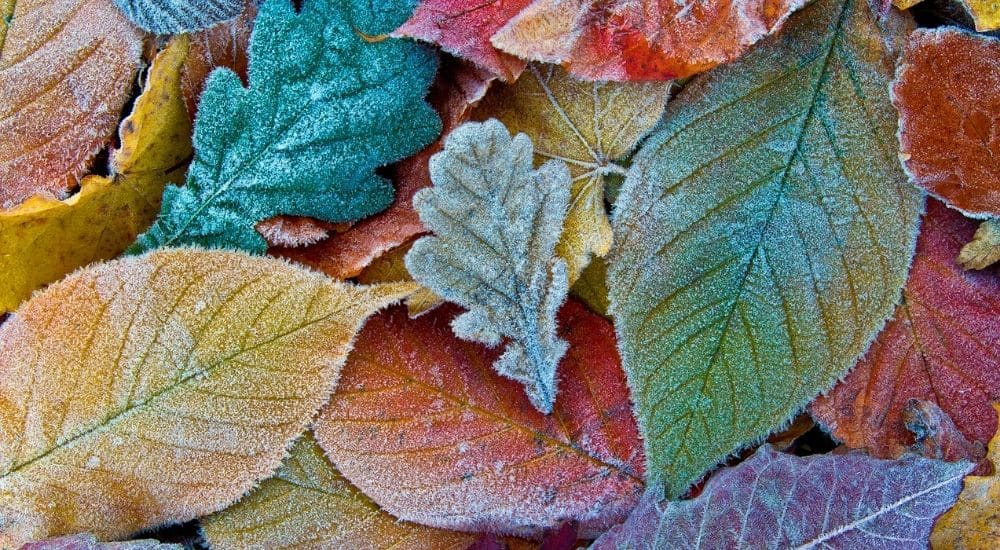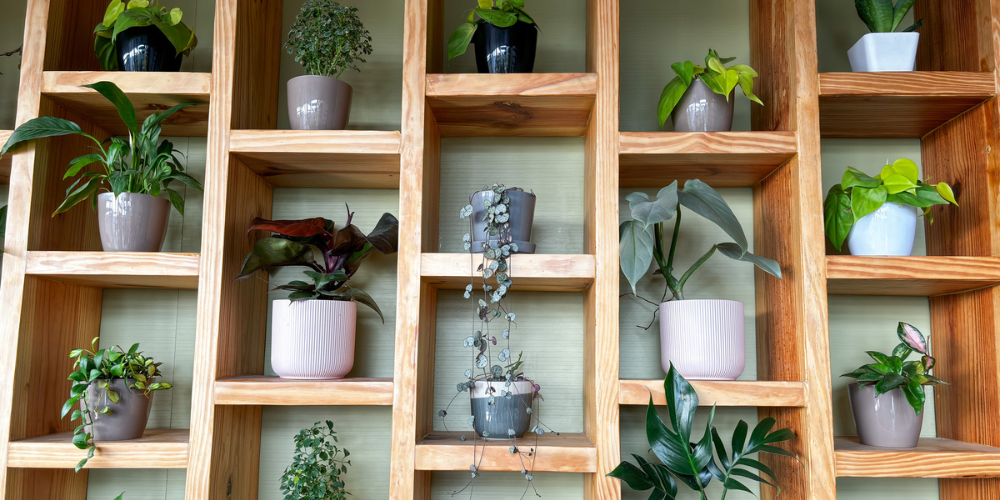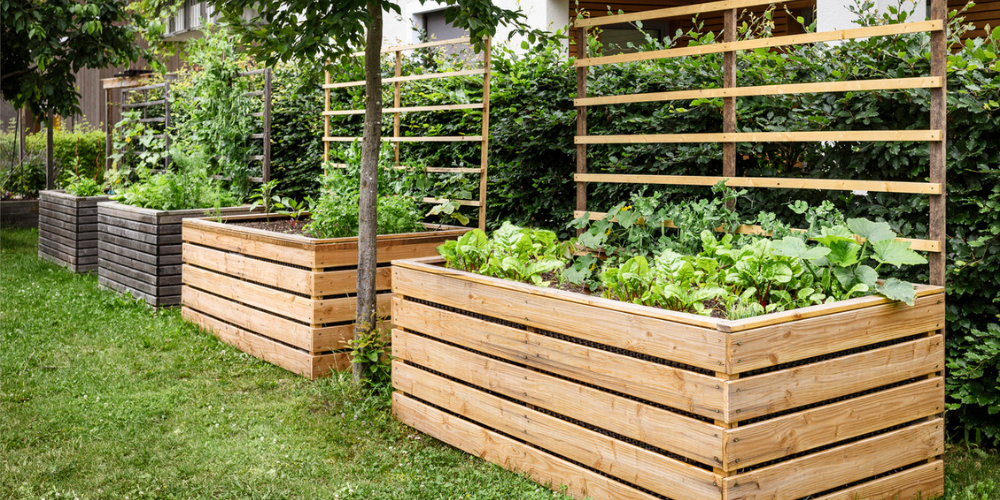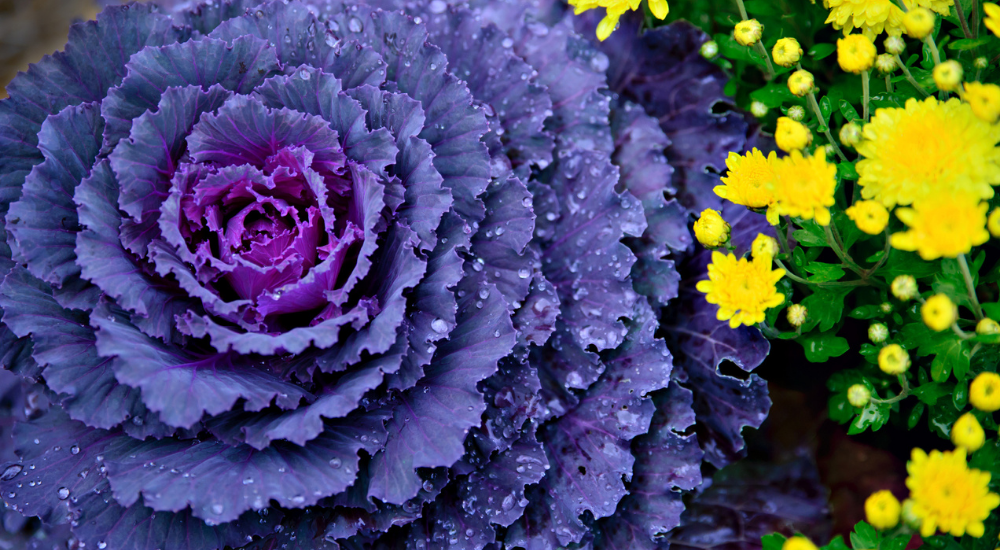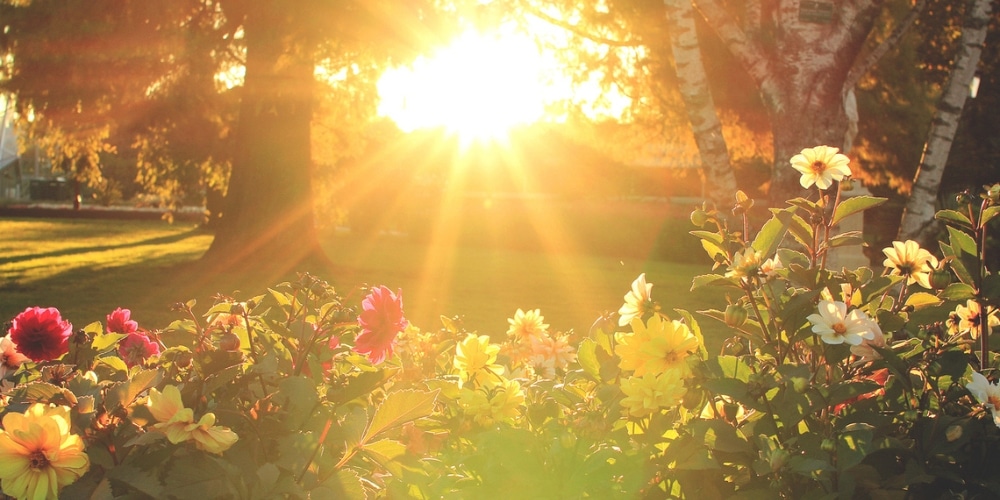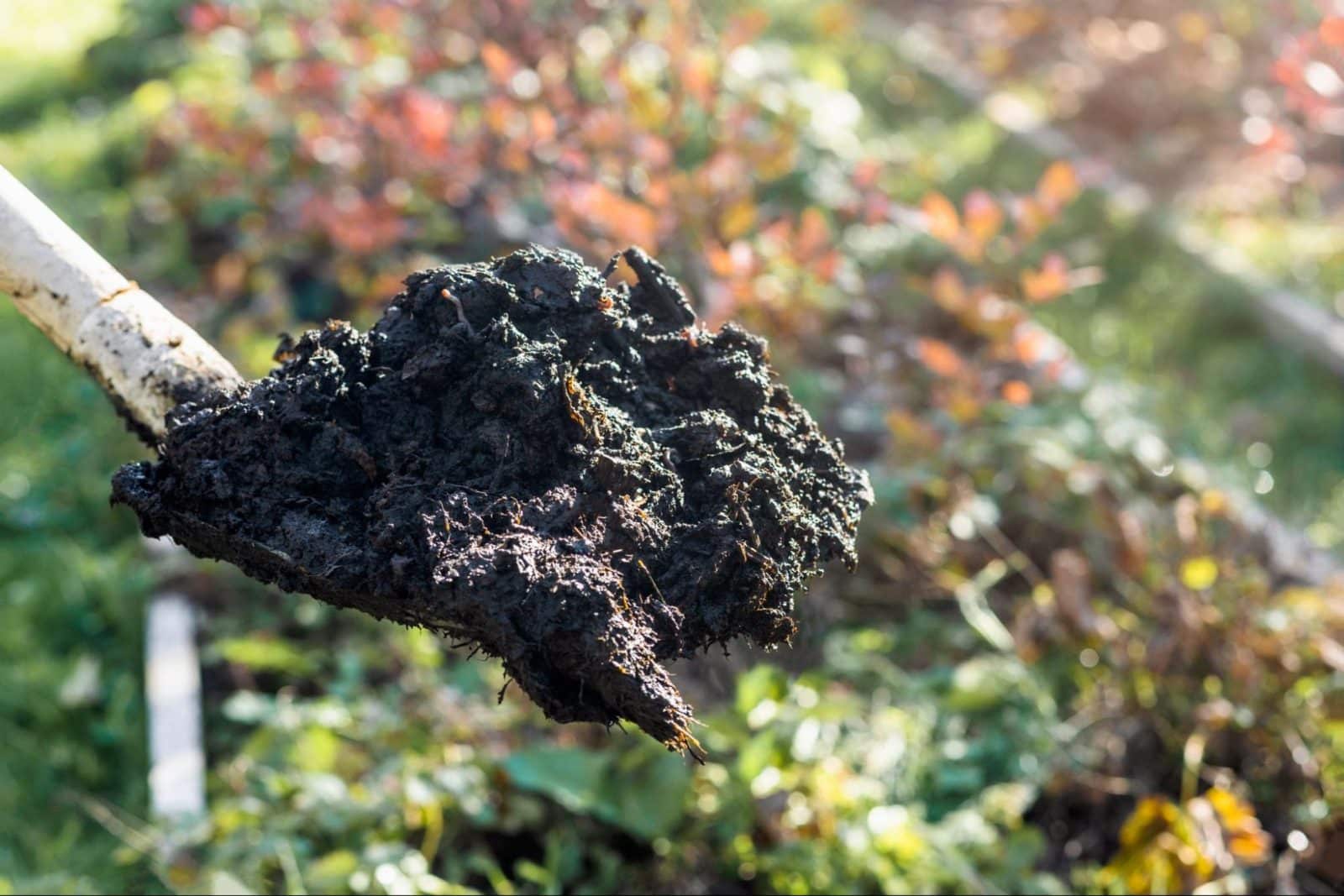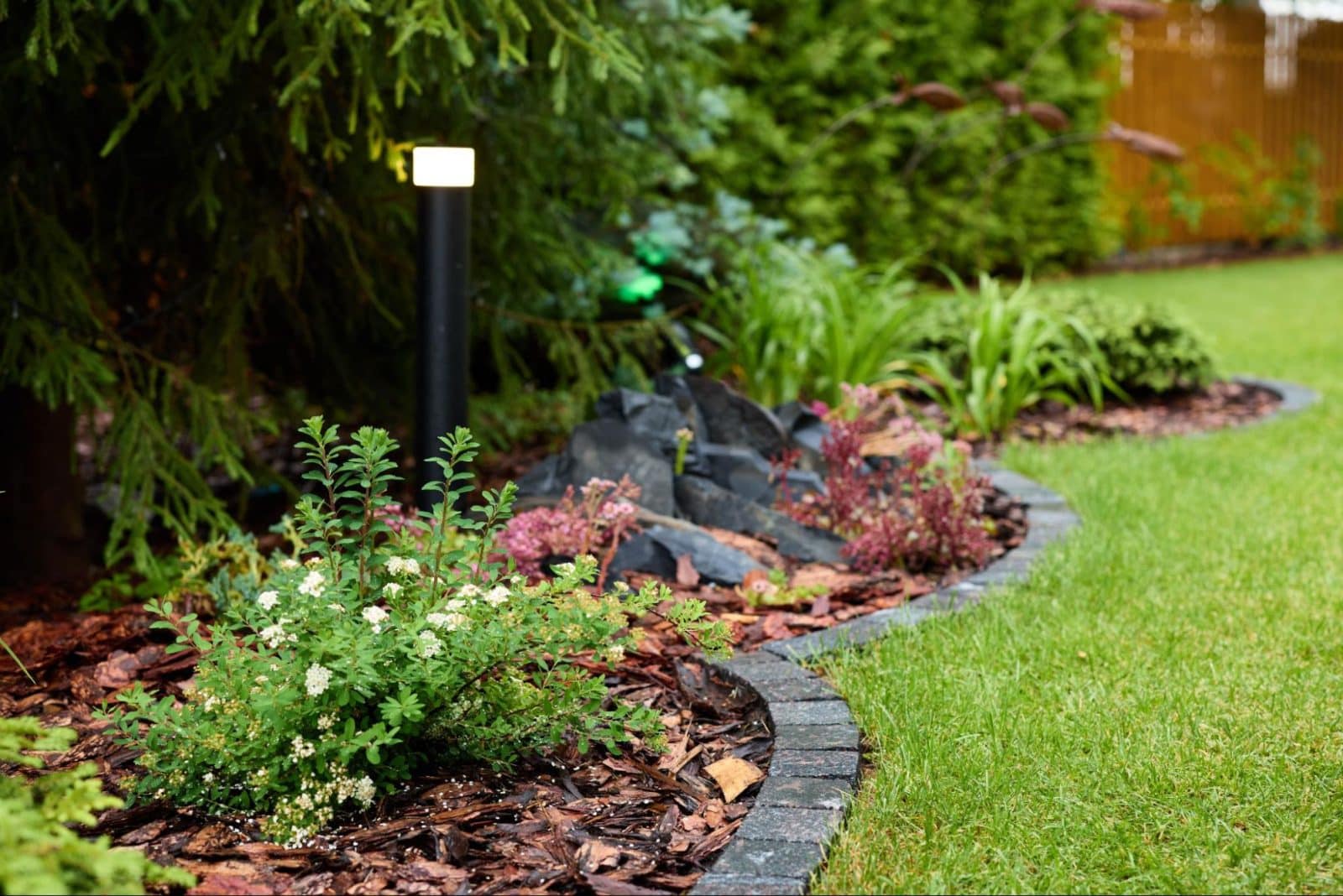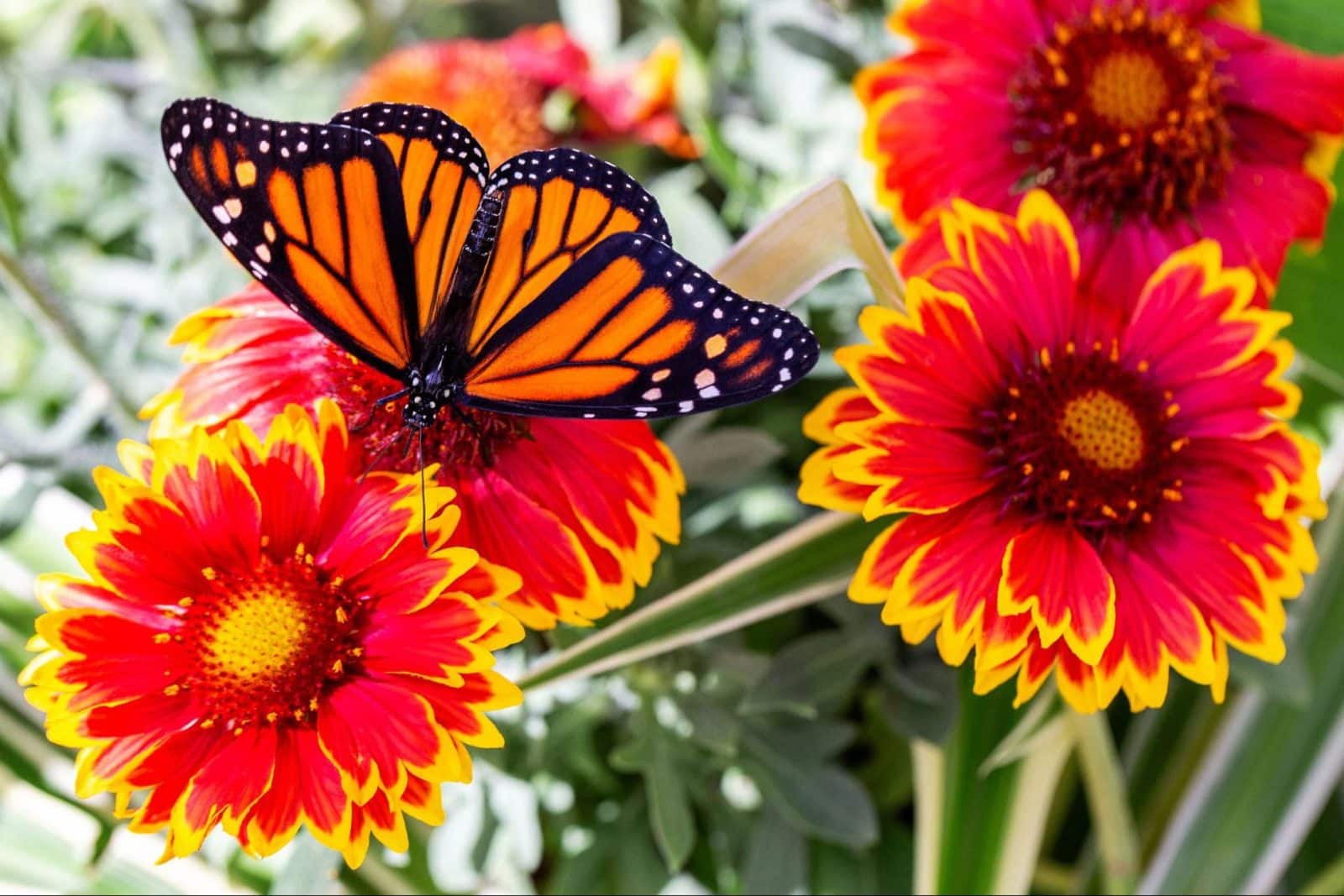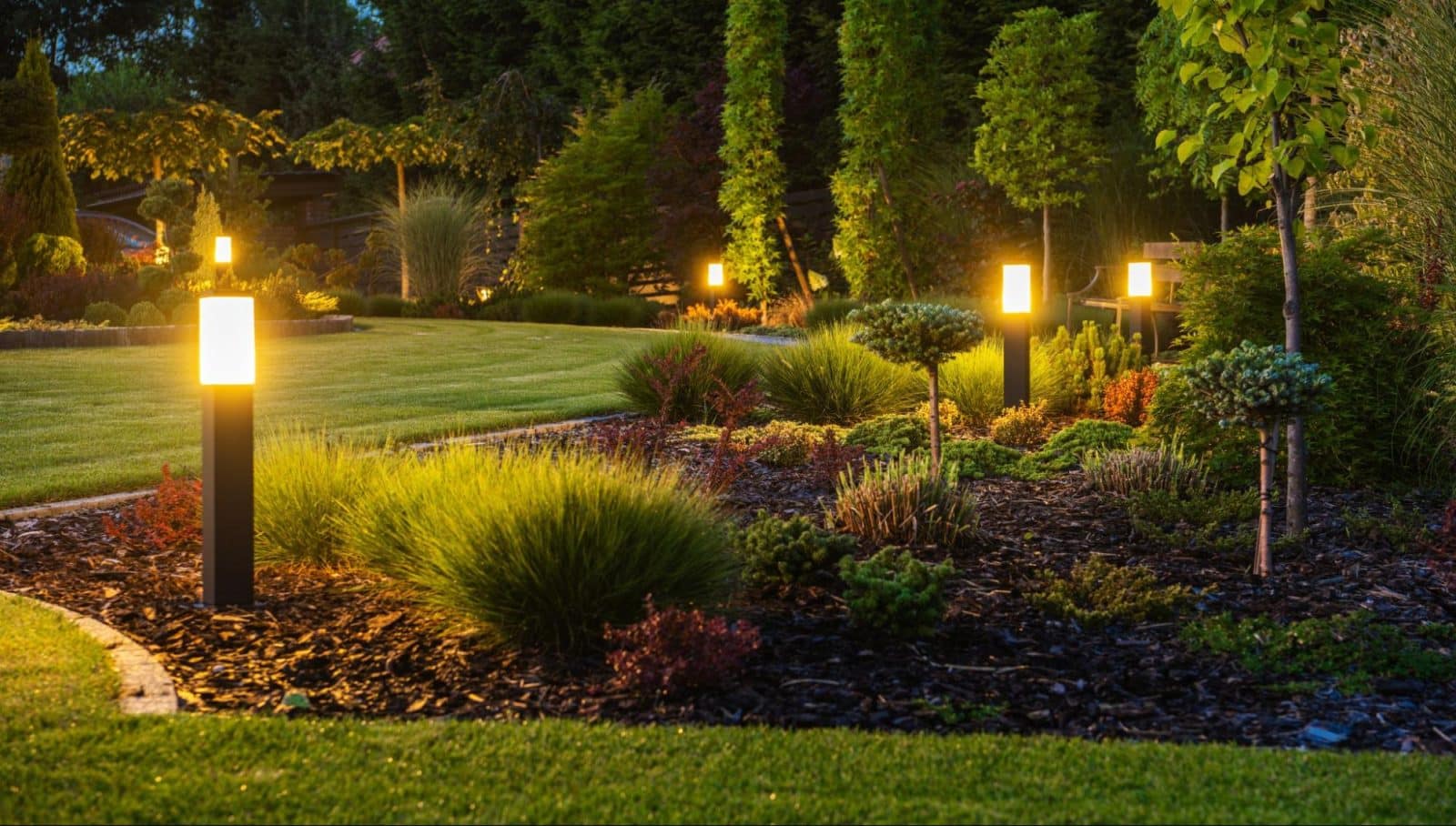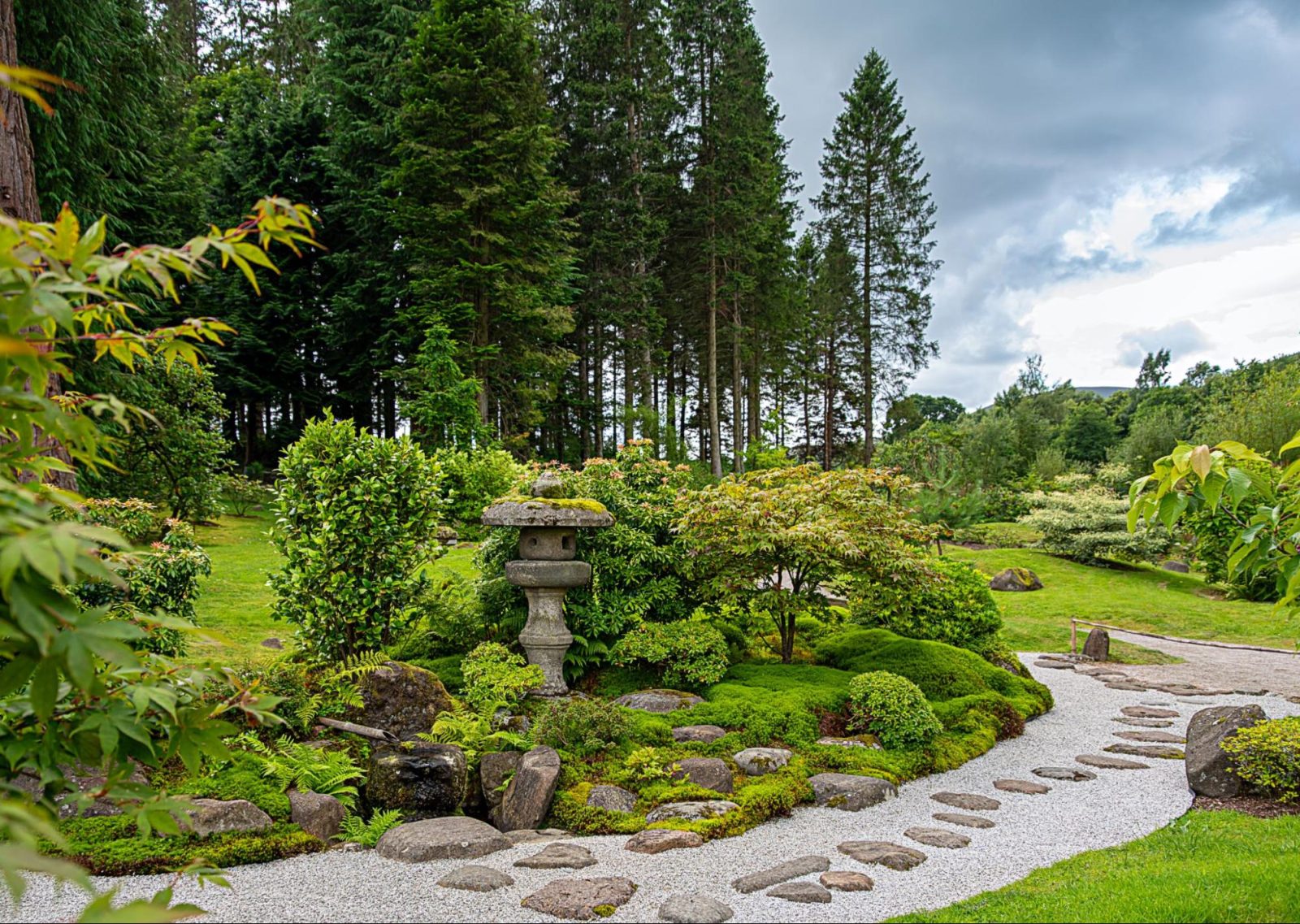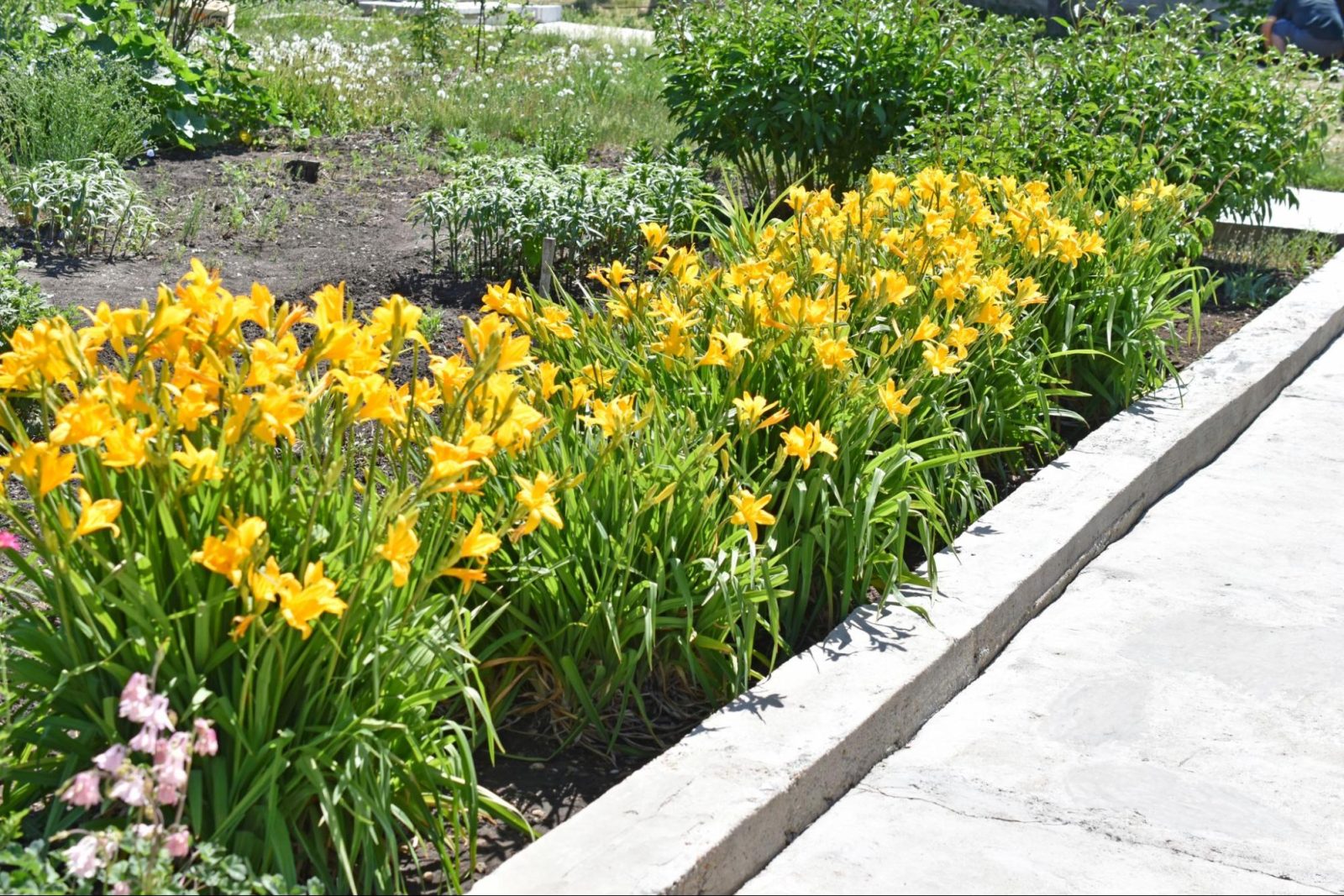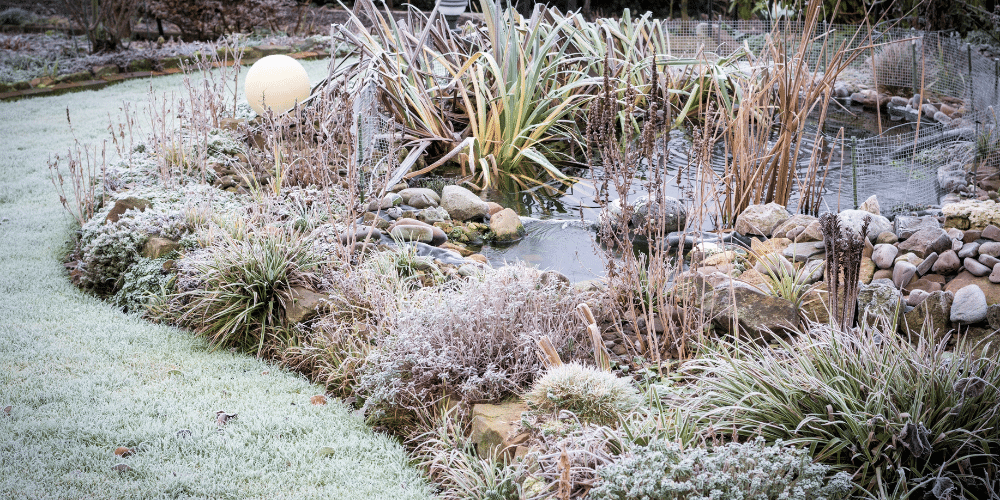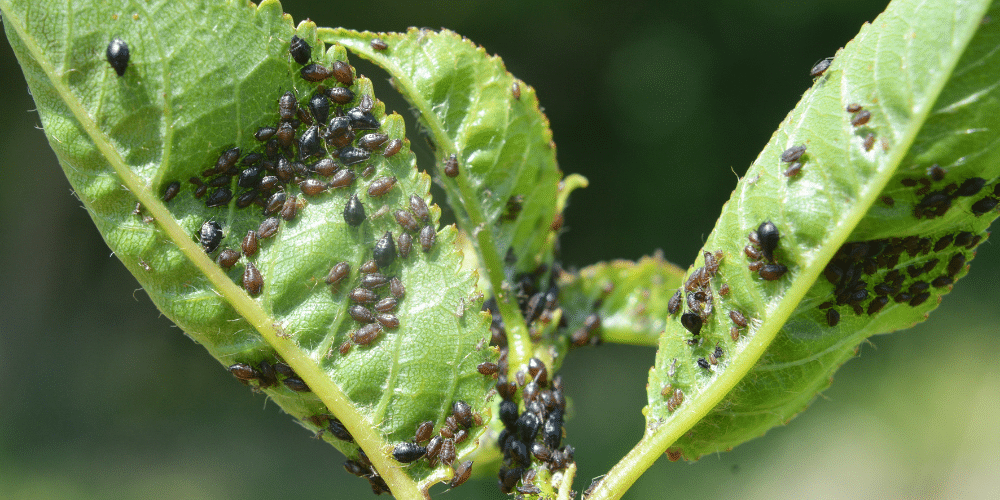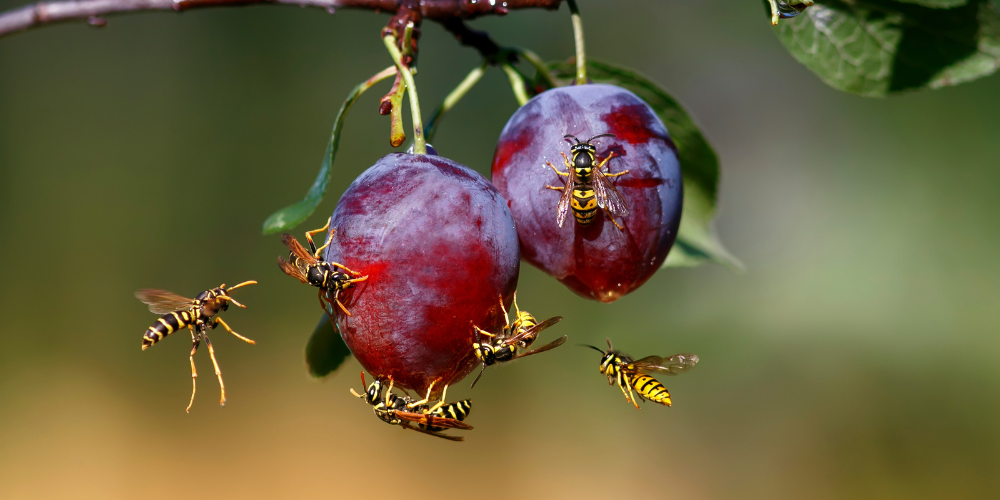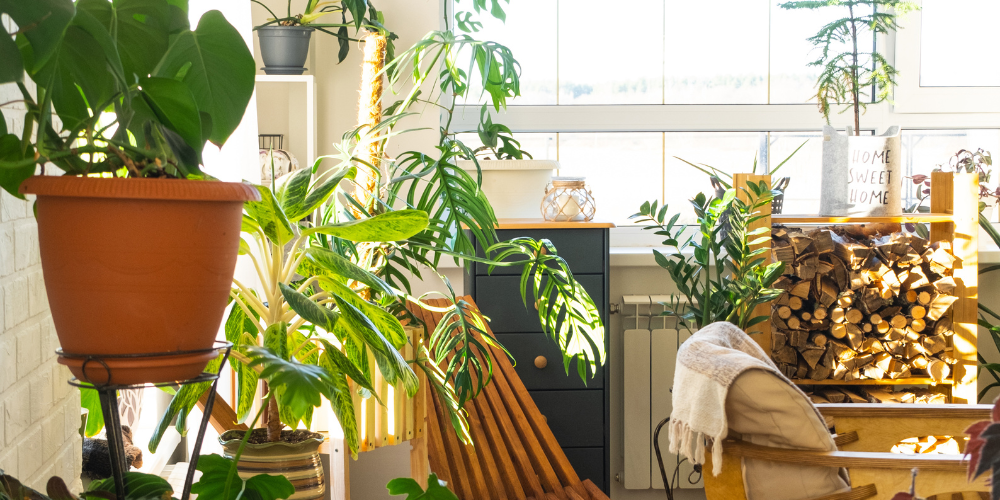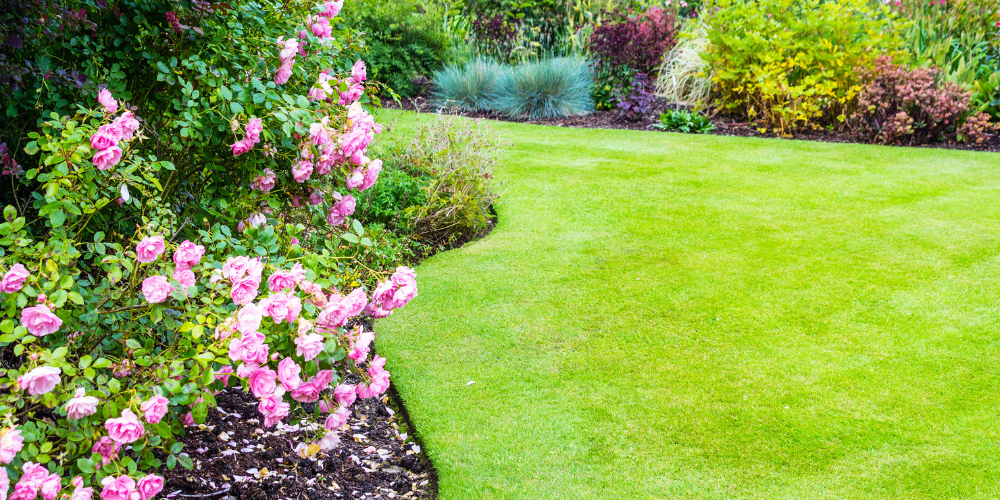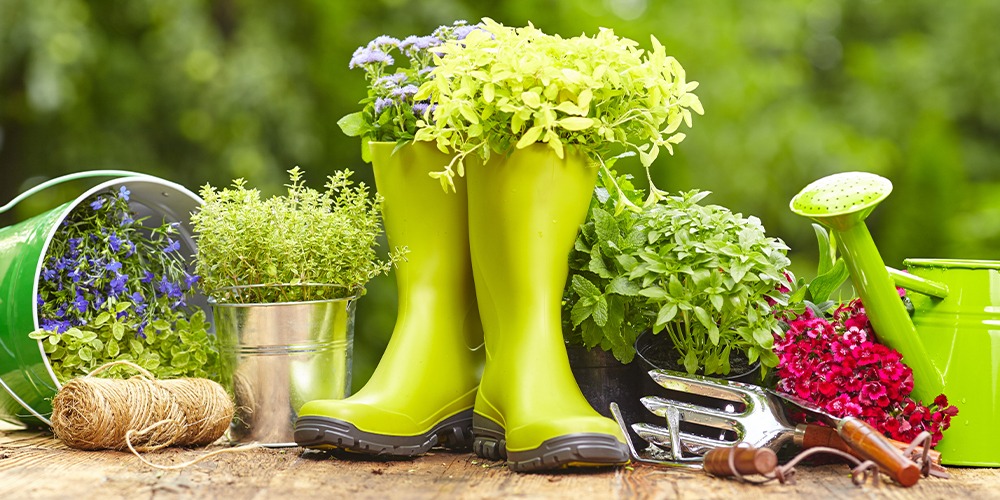
A little early spring garden prep will make a huge difference down the road. It’s kinda like painting a room: if you wash and prime the walls first, you won’t see any unsightly stains from last year, and you’ll have a clean slate to work with. With gardens, if you go through all the cleaning steps and prepare your soil, your garden will be that much more beautiful!
Getting Vegetable Gardens Ready for Spring
Don’t derail your veggie garden’s success by skipping these necessary steps! Preparing a vegetable garden for spring is quite simple, and the results are well worth the effort.
Remove Debris
Clear away any old leaves, sticks, or plant parts from last year’s harvest. This debris can often contain hidden vegetable pests, insect eggs, or bacterial spores. If there’s no sign of bacterial growth on them, you can toss them in the compost, but if you suspect they may contain fungi or bacteria, throw them straight in the trash.
Preparing the Soil
If you’re preparing raised beds for spring, you aren’t likely to have as many issues with compacted soil. But, if you’re planting directly in the ground, chances are the soil is pretty packed down. If you try to plant carrots in the ground without loosening the soil at least two feet down, their growth will likely be stunted and warped. It’s also harder for water to drain through compacted soil, and this can lead to root rot.
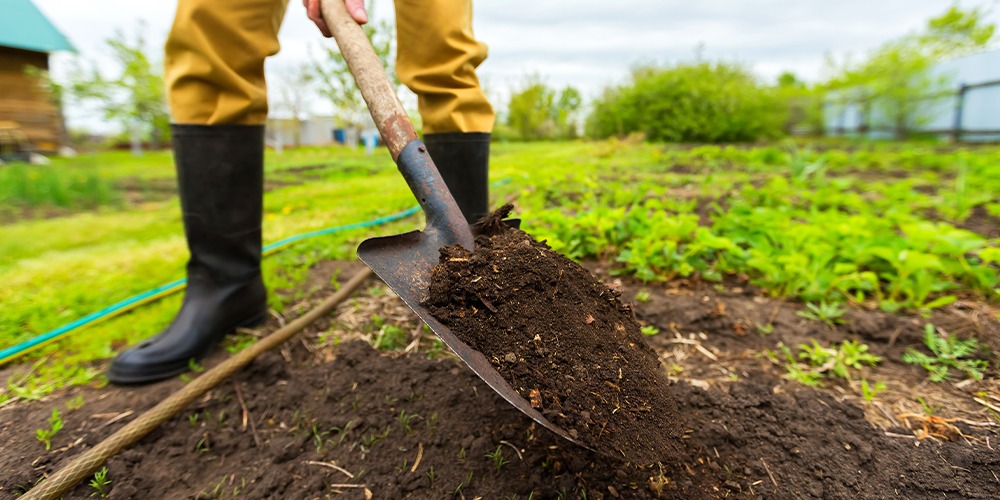
Add Vegetable Garden Fertilizer
Different fertilizers have different functions, so you’ll want to use one that’s specially formulated for vegetable gardens. For vegetables, you’ll typically want a balanced fertilizer that helps stimulate leaf production, root spread, and flowering. Some formulas also contain potassium and other nutrients that can benefit your veggies. There are synthetic and organic fertilizer options available””if you’re unsure of the difference, feel free to ask one of our experts at the greenhouse for some recommendations.
Mix in Compost
Compost adds a massive amount of healthy bacteria and nutrients into the soil to nourish your plants. Fertilizer isn’t really plant food””it’s the fuel your plants need so they can photosynthesize and soak up nutrients. The compost is what’s going to help feed them! It’s especially important to add compost if you’re working with the same soil as last year. A lot of the bacterial content will have been washed away by the rain or have been soaked up by your veggie plants.
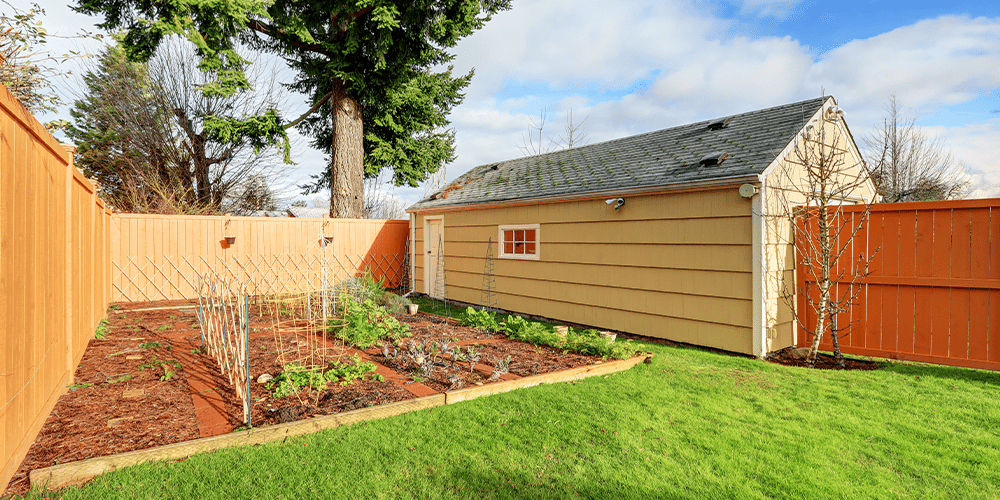
Sanitize Tomato Cages, Trellises, and Containers
It’s so important to sanitize your equipment thoroughly every year when preparing your garden. This is especially true if you’ve had issues with plant diseases and fungi! Many disease spores can lay dormant over winter and come back to haunt your plants in the spring. Use an alcohol based solution to wipe down your cages, trellises, containers, or any other equipment that makes contact with your plants.
Plan Your Layout
You’ll thank yourself later if you put in the time for preparing and planning what goes where. Some vegetable plants don’t like growing next to certain other plants (such as onions and peas), whereas other plants make great neighbours (like basil and tomatoes). It’s also worth considering doing crop rotation if you’ve had pest or disease problems in the past. Moving your plants to a different spot than last year may reduce the risk of reinfection. However, be careful not to move them to an area with inadequate sunlight levels, or you may end up with a less than stellar harvest.
Preparing Flower Beds for Spring
Here’s everything you need to do when getting flower beds ready for spring so that you can have a lush, vibrant flower garden with fewer pest problems and other complications.
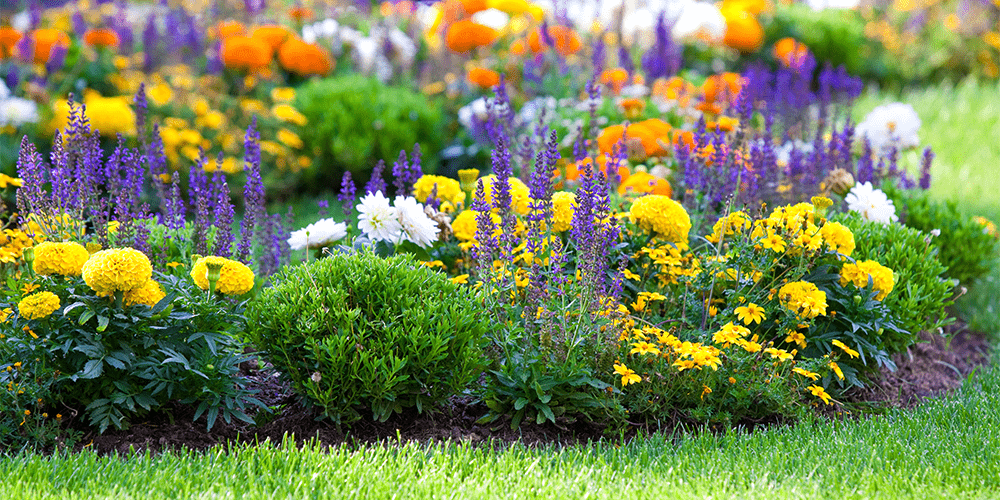
Clear Out Any Remnants of Last Year
If any old plant roots, sticks, leaves, or garden debris are hanging around your flower bed, toss them out! Same deal as when you’re preparing your vegetable garden bed: toss debris in the compost bin if it shows no signs of bacterial or fungal growth, but if you suspect they’re contaminated, just dump them in the garbage.
Add Flower Fertilizer
The best flower fertilizers have more phosphorus than nitrogen or potassium. This helps to promote more blooms! If you give your flowers a fertilizer that’s high in nitrogen and lower in phosphorus and potassium, you’ll end up with a whole lotta leaves and barely any spring flowers. Kinda defeats the purpose of a flower garden, don’tcha think?
Mix in Compost
Fresh, organic compost is an absolute must-have for preparing flower beds, especially if you’re planting heavy feeders like petunias and other summer annuals. Don’t use up all your compost at once, though! Save some of it for later during the active growing season so that you can brew up some compost tea and water the soil with it. This is an awesome way to give your plants a boost in the summer, so they don’t run out of steam.
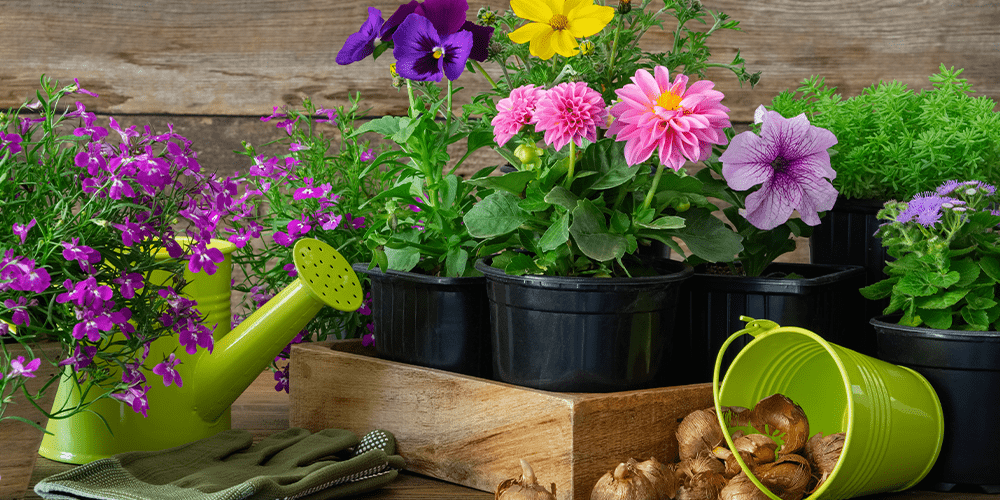
Plant Your Summer Blooming Bulbs
Your soil is getting all dug up and mixed around anyhow, so you might as well save yourself some effort and plant your summer bulbs now! Be sure you don’t get summer-blooming bulbs mixed with spring-blooming bulbs. Spring bulbs are best planted in autumn so they can go through their natural cycle of cooling during winter. Summer bulbs, however, don’t need to be cooled first and can go in the ground now. That way, as soon as your spring flowers fade, you’ll have a backup of summer flowers ready to burst onto the scene!
Spread Some Mulch (Or Replace Last Year’s Batch)
Mulch really doesn’t get enough cred. It helps block weeds from germinating, it slows down the evaporation of moisture from the soil, it regulates soil temperatures, and it looks pretty! Plus, as it naturally breaks down, it delivers more healthy bacteria into the soil. However, if you’ve got an old layer of mulch from last year, it’s probably gonna look pretty skunky by now. Clear it out and replace it with a new, fresh layer of mulch that’s free from chemical dyes. I like shredded bark mulch for aesthetic reasons, but you can also use straw or mulched leaves.
Salisbury Greenhouse is packed with all sorts of new equipment, garden soil, fertilizers, and plants for spring gardens. Visit us today so you can get a head start on preparing soil for spring planting!

